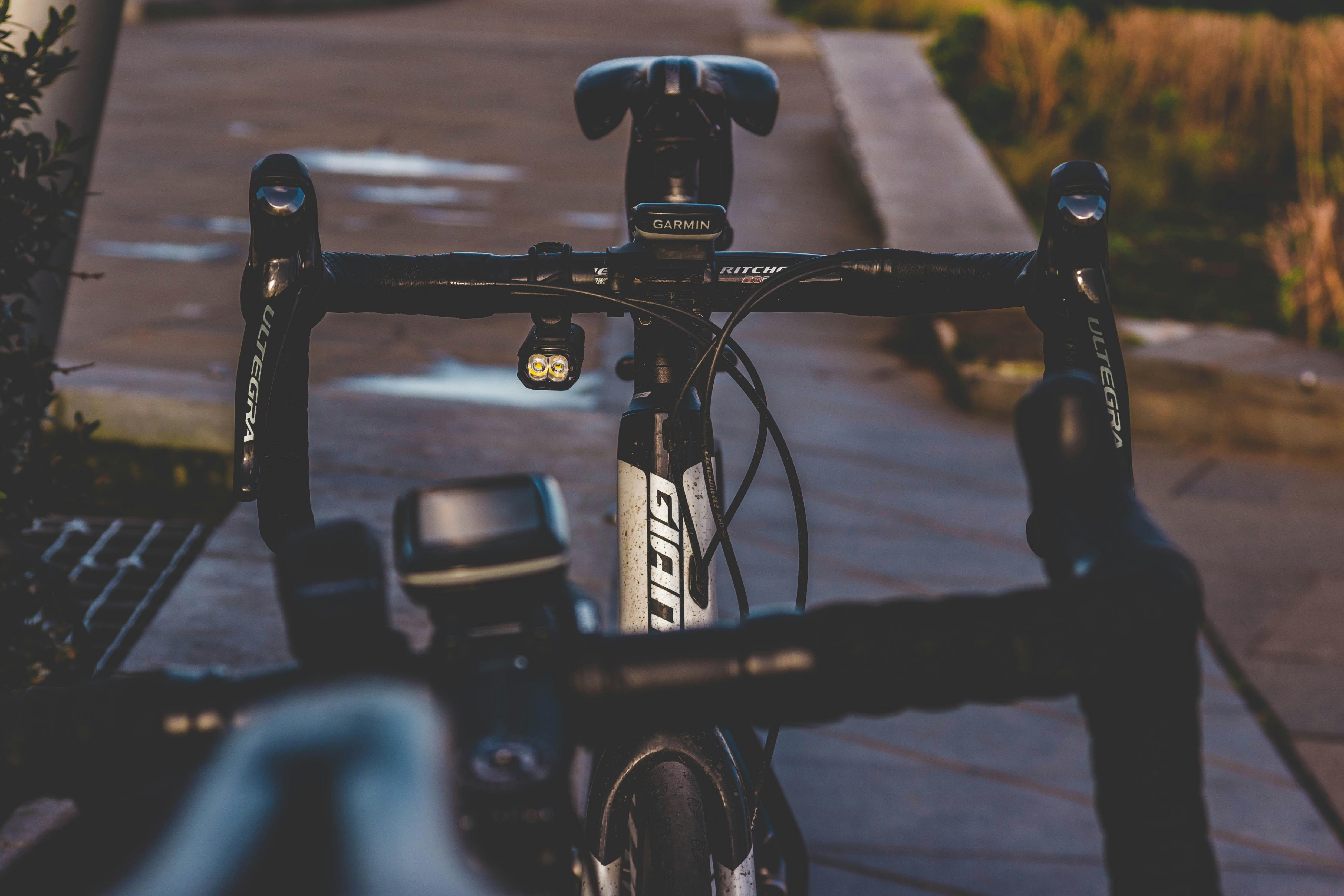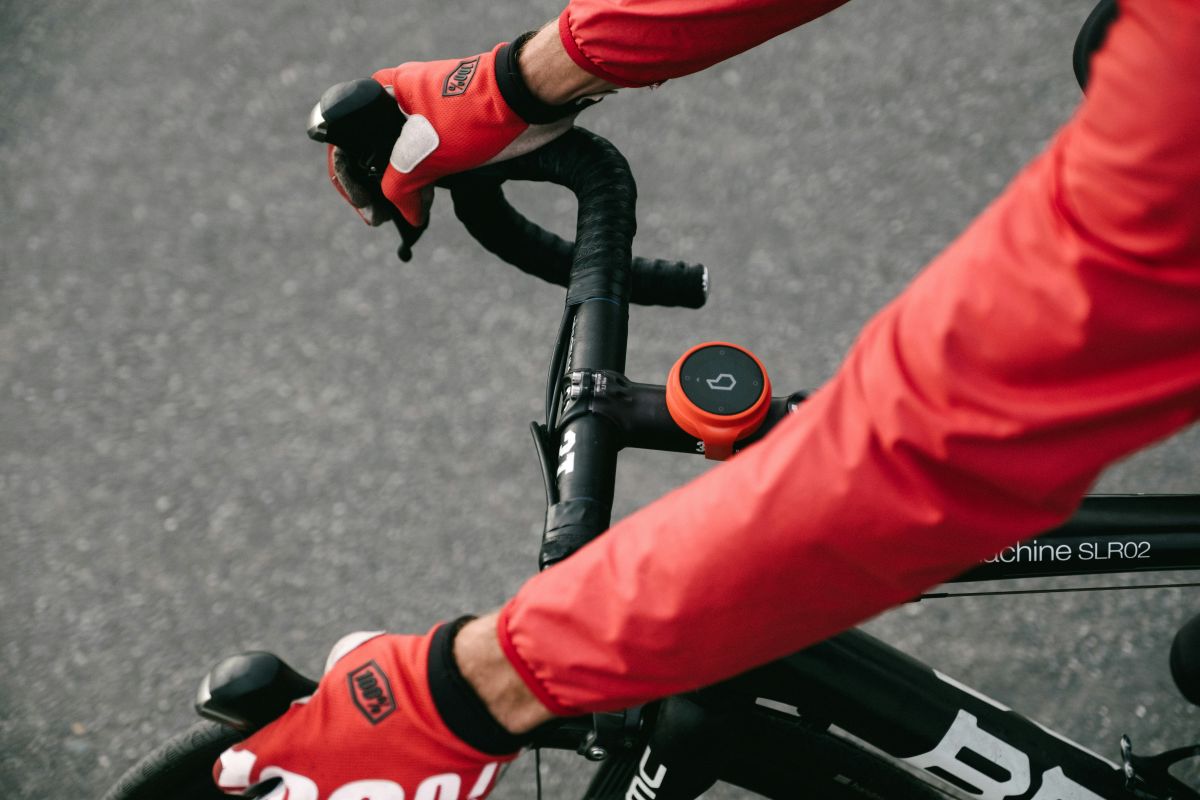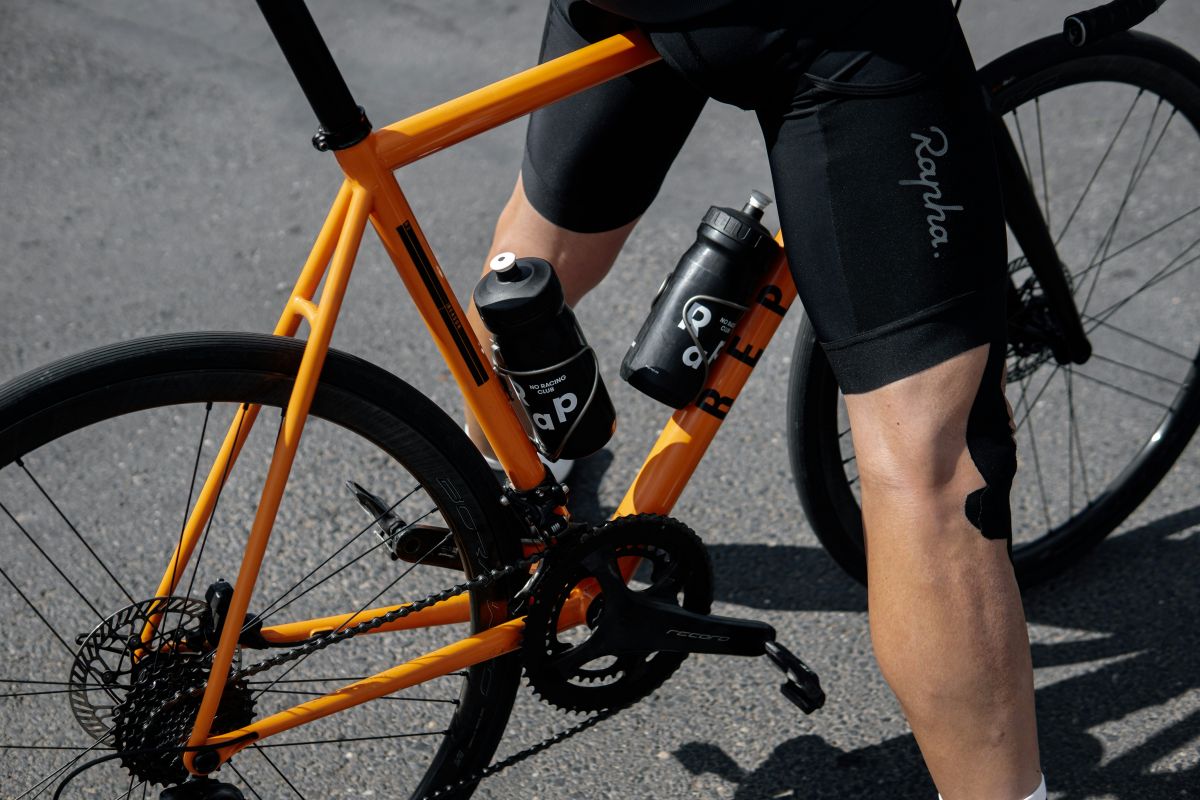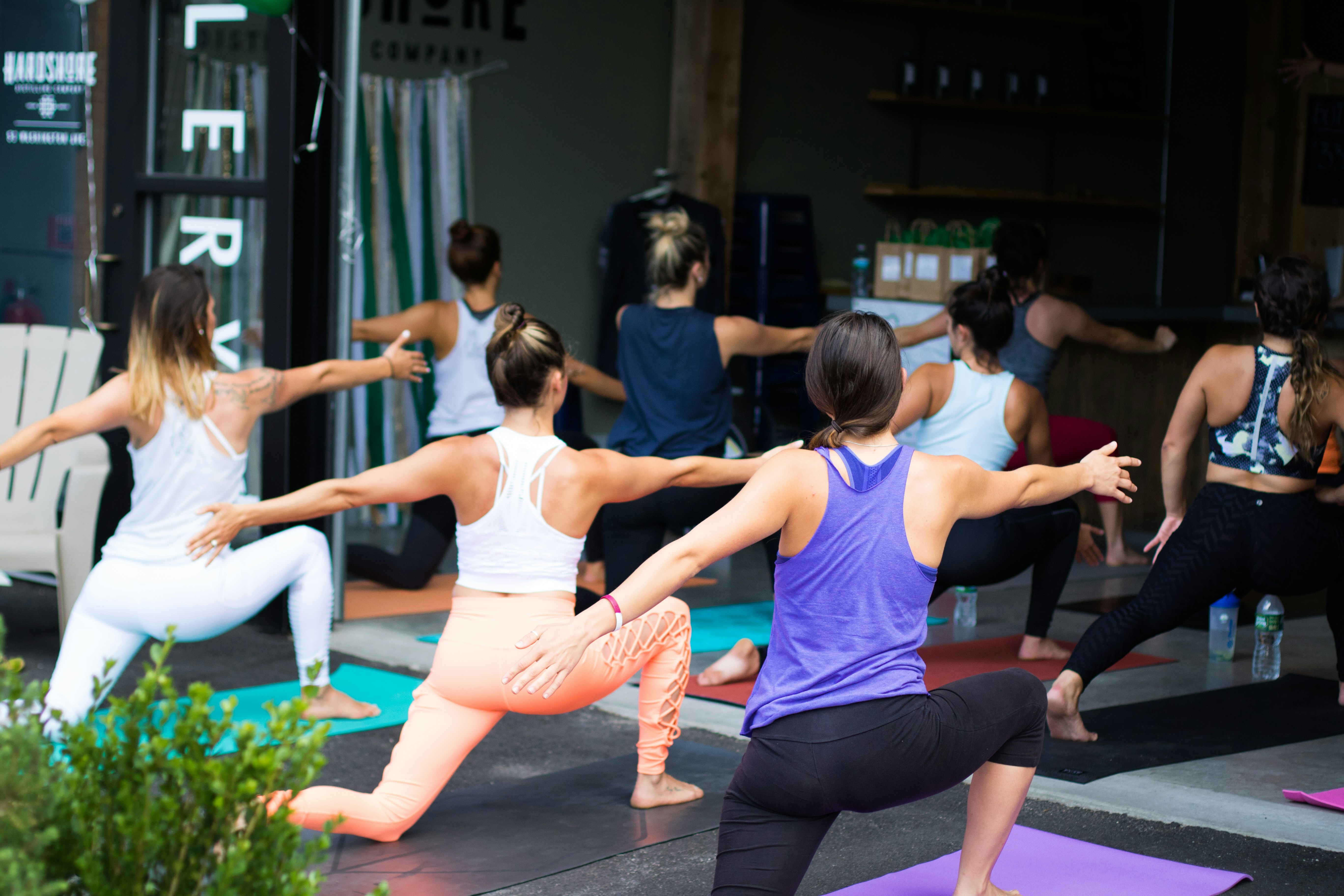Mastering the Road: A Comprehensive Guide for Road Bike Beginners
Road biking is a popular and exhilarating activity that allows riders to explore the world on two wheels. <

For beginners, getting started with road biking can be an exciting but daunting experience. In this advanced guide, we'll provide essential tips and advice for road bike beginners who want to take their cycling to the next level.
Bike Fit and Comfort
One of the most crucial aspects of road biking is ensuring that your bike fits you properly. Invest in a professional bike fitting to adjust your saddle height, handlebar position, and overall bike setup to match your body's measurements. A comfortable bike fit will not only enhance your performance but also prevent injuries and discomfort during long rides.

Riding Techniques
As you progress in road biking, it's essential to focus on improving your riding techniques. Practice maintaining a smooth and efficient pedal stroke, mastering gear shifting, and developing the ability to ride in various positions, such as riding in the drops for better aerodynamics and climbing out of the saddle for power.
Nutrition and Hydration
Longer rides and advanced road biking require proper nutrition and hydration. Learn about the importance of fueling your body with the right mix of carbohydrates, proteins, and fats, and staying well-hydrated to sustain your energy levels during intense rides.
Interval Training and Hill Climbing
Take your training to the next level by incorporating interval training into your cycling routine. Interval workouts can help improve your cardiovascular fitness, speed, and endurance. Additionally, focus on hill climbing to build strength and power in your legs, essential for conquering challenging terrain.
Bike Maintenance and Repair
As you become more invested in road biking, it's crucial to learn basic bike maintenance and repair skills. Familiarize yourself with tasks such as changing a flat tire, cleaning and lubricating the chain, and performing minor adjustments to your bike's components. Additionally, consider investing in a bike repair kit and learning how to use it effectively.
Group Riding Etiquette
Joining group rides can be a fantastic way to improve your road biking skills and meet fellow cyclists. However, it's essential to understand and adhere to group riding etiquette, including communication signals, riding in a paceline, and being mindful of others on the road.

Safety and Awareness
Advanced road biking also means being more vigilant about safety. Invest in high-quality safety gear, such as a well-fitted helmet, reflective clothing, and lights for low-light conditions. Additionally, always follow traffic rules, be aware of your surroundings, and communicate effectively with other road users.
Set Goals and Challenge Yourself
As you progress in road biking, set realistic goals to challenge yourself and measure your improvements. Whether it's completing a century ride, participating in a race, or conquering a challenging climb, having goals can keep you motivated and focused on advancing your road biking skills.
In conclusion, advancing as a road bike beginner involves focusing on bike fit, improving riding techniques, proper nutrition, training, maintenance, group riding etiquette, safety, and setting goals. By embracing these advanced tips and continually challenging yourself, you can elevate your road biking experience and reach new levels of proficiency and enjoyment. Remember, road biking is about the journey, the progress, and the joy of pedaling through new and exciting destinations.

Instructions to Buying Yoga Clothes
While rehearsing yoga, a bunch of agreeable and fit yoga garments is fundamental. This article will furnish you with a definite manual for purchasing yoga garments, so you can make it simpler to purchase yoga garments.1.Material selectionThe material of yoga clothing has a crucial and significant impact on its air permeability, comfort and durability. Generally speaking, the main materials of yoga clothing are pure cotton, polyester, modal and so on. Pure cotton yoga clothes have good humidity inhalation, but are easy to wrinkle; Polyester yoga clothing has good wear resistance, but poor air permeability; Modal material yoga clothing is both hygroscopic and breathable, comfortable to wear, suitable for yoga this high-intensity, high-humidity exercise.2.Fit degree and elasticityWhen choosing yoga clothing, fit and elasticity are also very important and essential factors. The right fit allows you to be more cozyand easeful in the movement, and enough elasticity allows you to stretch without bondage. Therefore, it is recommended to choose yoga clothes with high fit and good elasticity, so that you can not only better show your movements, but also improve and enhance your practice effect.3.Length and leg designThe length and leg design of yoga clothing also have a great impact on its overall effect. In general, the length of yoga clothes should be just above the navel, so that you can better show the proportion of your figure. Pant leg design should be selected according to the individual leg type, straight or loose design can make you more comfortable in the movement, and tight design can better show your muscle line.

The Art of Caring for Solid Wood Furniture
Proper care and maintenance are crucial to preserve its beauty and ensure its longevity. In this article, we will explore the art of caring for solid wood furniture, offering unique tips and insights to help readers keep their cherished pieces in pristine condition.Understanding the Nature of WoodBefore delving into specific care techniques, it's essential to understand the nature of wood itself. Wood is a natural material that responds to its environment. It can expand and contract with changes in temperature and humidity, and it can be susceptible to scratches, stains, and fading if not properly cared for. With this understanding, we can approach the care of solid wood furniture with the respect it deserves.Dust Regularly with CareOne of the simplest yet most important care practices for solid wood furniture is regular dusting. Use a soft, lint-free cloth or a microfiber duster to gently remove dust from the surface. Dust can accumulate and scratch the wood over time, so consistent cleaning is crucial.Protect from Sunlight and HeatDirect sunlight can cause wood to fade and lose its luster over time. To preserve the natural color and beauty of solid wood furniture, it's important to shield it from direct sunlight. Utilize curtains or blinds to minimize exposure, and consider rearranging furniture to reduce prolonged sun exposure.Use Coasters and Protective PadsTo prevent water rings, scratches, and heat damage, always use coasters or protective pads when placing glasses, hot items, or other objects on solid wood surfaces. This simple practice can go a long way in preserving the integrity of the wood.Immediate CleanupAccidents happen, and spills are inevitable. It's essential to clean up any spills or stains immediately to prevent them from seeping into the wood and causing damage. Use a dry or slightly damp cloth to blot and clean up any spills promptly.

Wig Basics
This article will introduce the basic knowledge of wigs, including the types of wigs, materials, selection and care.The type of wig1. Full Wig: A full wig is a wig product that covers the entire head, similar to a hat, and can completely change the hairstyle and hair color. Full wigs are usually made of synthetic or human hair and come with an adjustable cap to accommodate different head sizes.2. Hair Piece: A hair piece is a small piece of wig, usually used to increase the volume of hair or cover certain areas of baldness. Hair pieces can be fixed to natural hair to make the hairstyle more full and natural.3. Hair Extensions: A wig is a long, thin piece of hair that is usually used to extend the length of natural hair. They can be attached to natural hair by means of clips, adhesives, or braiding.4. Hair Toppers: Hair toppers are a type of wig product similar to hair pieces, but larger and thicker, usually used to cover bald or sparse areas on the top of the head.Choose the right wig1. Color and style: Choosing the right wig color and style is very important to ensure that it matches natural hair and meets personal preferences. You can choose a color that is similar to your natural hair, or try new hair colors to add variety.2. Head circumference and size: The wig needs to match the head circumference size to ensure comfort and stability. You can choose the right wig size based on your head circumference, or choose a wig with an adjustable cap.3. Material and quality: Choose the right wig material according to your personal needs and budget. Synthetic wigs are suitable for short-term use and low cost needs, while human hair wigs are suitable for long-term use and higher quality requirements.

Mastering the Road: A Comprehensive Guide for Road Bike Beginners
For beginners, getting started with road biking can be an exciting but daunting experience. In this advanced guide, we'll provide essential tips and advice for road bike beginners who want to take their cycling to the next level.Bike Fit and ComfortOne of the most crucial aspects of road biking is ensuring that your bike fits you properly. Invest in a professional bike fitting to adjust your saddle height, handlebar position, and overall bike setup to match your body's measurements. A comfortable bike fit will not only enhance your performance but also prevent injuries and discomfort during long rides.Riding TechniquesAs you progress in road biking, it's essential to focus on improving your riding techniques. Practice maintaining a smooth and efficient pedal stroke, mastering gear shifting, and developing the ability to ride in various positions, such as riding in the drops for better aerodynamics and climbing out of the saddle for power.Nutrition and HydrationLonger rides and advanced road biking require proper nutrition and hydration. Learn about the importance of fueling your body with the right mix of carbohydrates, proteins, and fats, and staying well-hydrated to sustain your energy levels during intense rides.Interval Training and Hill ClimbingTake your training to the next level by incorporating interval training into your cycling routine. Interval workouts can help improve your cardiovascular fitness, speed, and endurance. Additionally, focus on hill climbing to build strength and power in your legs, essential for conquering challenging terrain.

What Should You Do for Your Car in Winter
In this season,owners should carry out a series of necessary checks. Let's take a look at what you should check for your car in the winter.1.Engine oilFirst, you need to check whether the engine oil is clean and whether it needs to be replaced. In winter, the viscosity of engine oil will increase, if the oil is not clean or has deteriorated, it may affect the normal operation of the engine. Therefore, before the arrival of winter, clean oil should be replaced to ensure the normal operation of the engine.2.Cooling systemThe cooling system is an important part of keeping the engine running properly. In the winter, the cleanliness and concentration of the coolant should be checked, and if the coolant is insufficient or of poor quality, it should be replaced in time. At the same time, it is also necessary to check whether the various components of the cooling system are leaking or damaged, and if there is a problem, it should be repaired in time.3.The batteryIn winter, the temperature is low, the power of the battery will be affected, and it is easy to lose power. Therefore, before the arrival of winter, you should check whether the battery is sufficient, if the power is insufficient, you should charge it in time. At the same time, it is also necessary to check whether the connection of the battery is tight to prevent the loss of electricity due to loose connection.4.TireThe tire is the part of the vehicle in contact with the ground, and its condition is directly related to the safe driving of the vehicle. In winter, because the temperature is lower, the road may become slippery or icy, so it is necessary to check the depth of the tire pattern and air pressure to meet the standard. If the tire is seriously worn or the air pressure is insufficient, it will affect the grip and driving stability of the tire, and increase the risk of accidents.
TOP NEWS


.png)

.png)

.png)

.png)

.png)

.png)

.png)

.png)
.png)
Recommended suppliers
Trade Alert
- Delivery New Products To YouTell Us What Are You Looking For?

- Acre/Acres
- Ampere/Amperes
- Bag/Bags
- Barrel/Barrels
- Blade/Blades
- Box/Boxes
- Bushel/Bushels
- Carat/Carats
- Carton/Cartons
- Case/Cases
- Centimeter/Centimeters
- Chain/Chains
- Combo/Combos
- Cubic Centimeter/Cubic Centimeters
- Cubic Foot/Cubic Feet
- Cubic Inch/Cubic Inches
- Cubic Meter/Cubic Meters
- Cubic Yard/Cubic Yards
- Degrees Celsius
- Degrees Fahrenheit
- Dozen/Dozens
- Dram/Drams
- Fluid Ounce/Fluid Ounces
- Foot/Feet
- Forty-Foot Container
- Furlong/Furlongs
- Gallon/Gallons
- Gill/Gills
- Grain/Grains
- Gram/Grams
- Gross
- Hectare/Hectares
- Hertz
- Inch/Inches
- Kiloampere/Kiloamperes
- Kilogram/Kilograms
- Kilohertz
- Kilometer/Kilometers
- Kiloohm/Kiloohms
- Kilovolt/Kilovolts
- Kilowatt/Kilowatts
- Liter/Liters
- Long Ton/Long Tons
- Megahertz
- Meter/Meters
- Metric Ton/Metric Tons
- Mile/Miles
- Milliampere/Milliamperes
- Milligram/Milligrams
- Millihertz
- Milliliter/Milliliters
- Millimeter/Millimeters
- Milliohm/Milliohms
- Millivolt/Millivolts
- Milliwatt/Milliwatts
- Nautical Mile/Nautical Miles
- Ohm/Ohms
- Ounce/Ounces
- Pack/Packs
- Pair/Pairs
- Pallet/Pallets
- Parcel/Parcels
- Perch/Perches
- Piece/Pieces
- Pint/Pints
- Plant/Plants
- Pole/Poles
- Pound/Pounds
- Quart/Quarts
- Quarter/Quarters
- Rod/Rods
- Roll/Rolls
- Set/Sets
- Sheet/Sheets
- Short Ton/Short Tons
- Square Centimeter/Square Centimeters
- Square Foot/Square Feet
- Square Inch/Square Inches
- Square Meter/Square Meters
- Square Mile/Square Miles
- Square Yard/Square Yards
- Stone/Stones
- Strand/Strands
- Ton/Tons
- Tonne/Tonnes
- Tray/Trays
- Twenty-Foot Container
- Unit/Units
- Volt/Volts
- Watt/Watts
- Wp
- Yard/Yards
Select template type:
One Request, Multiple Quotes.









